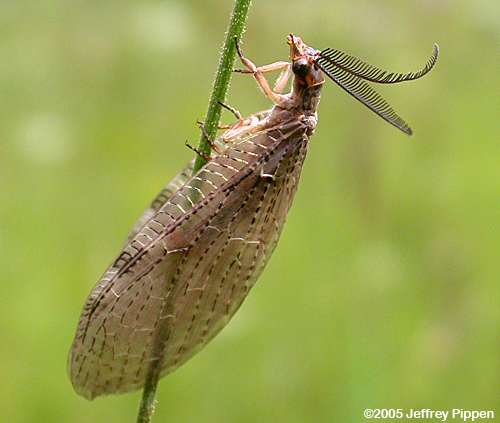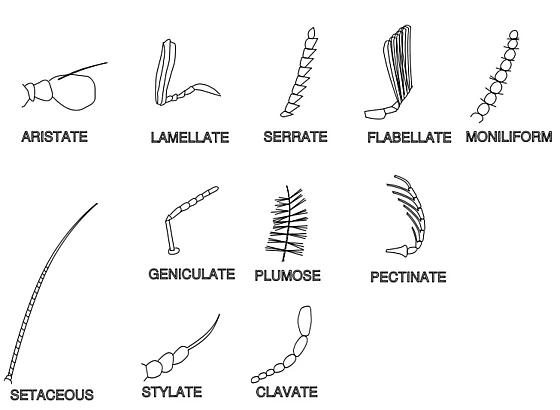Adaptation
The most important adaptation for the Summer Fishfly is its wings. The larvae of the Summer Fishfly are aquatic which means at some point in history, wings were necessary for the adult to survive. Wings could have developed because resources ran out in the aquatic environment requiring the Summer Fishfly to move to terrestrial environments for resources. That would be a great example of how natural selection works. Natural selection is when the organism that is most adapted to its environment survives and therefore passes on its favorable genes to the next generation (Biology online 2009). The result of natural selection is evolution, and in this case, wings. Another reason they could have adapted wings is so that they are not limited to aquatic environments only. Wings would allow them to travel essentially anywhere that is possible. Their flight is typically slow and irregular, but some may fly long distances. At rest, they keep their wings flat over their abdomen (Schlager and Hutchins 2003).
Another important adaptation that the Summer Fishfly possesses is the fact that they are nocturnal (Schlager and Hutchins 2003). This means that they are most active at night and are attracted to lights. The reason that they are nocturnal is most likely so they can survive better. There are less predators at night which allows them to survive and therefore reproduce more young. Also, those predators that are around at night won't be able to see them as well. Since the Summer Fishfly is nocturnal and can sense light, that must mean that they possess some sort of simple eyespots. Also, they have pectinate (toothed) antennae that are used as sensory devices (Iowa State University Entomolgy 2012).
Back to Top
On to Nutrition⇒
Home
